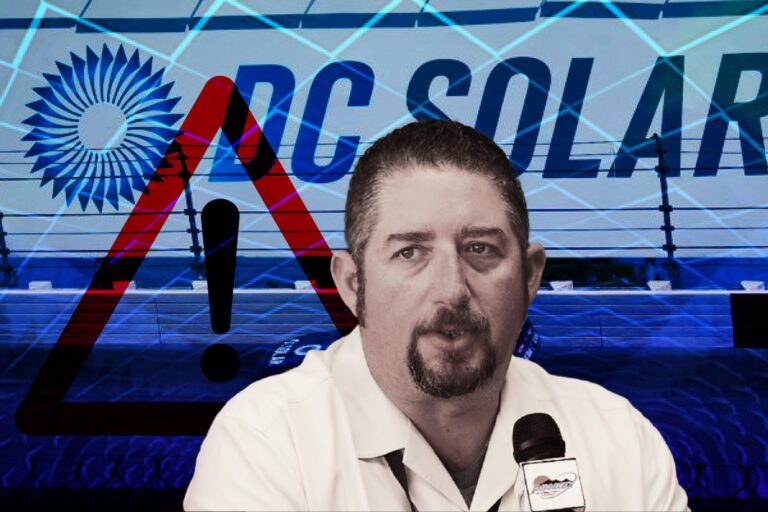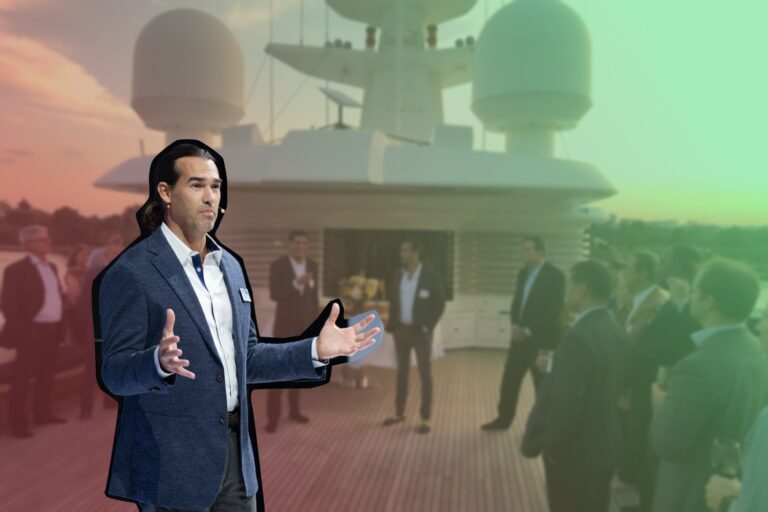Make Your Warehouse “Smarter” with Internet of Things
Our economy of the 21st century is being thoroughly redefined by the Industry 4.0 also known as the Fourth Industrial Revolution. The market, demand, supply, the way and the rhythm of economic activities being carried out are changing, which raise the awareness and cruciality of advancing technical aspects. The idea of applying IoT (Internet of things) to speed up the warehousing procedure, creating Smart Warehouse is one of the most popular solutions that supply chains partners are seeking in order to speed up their service and stay competitive in the market.
According to “Building the Smarter Warehouse: Warehousing 2020”, a report by industry leader Zebra Technologies, IoT devices are considered one of the most likely types of technology investments in the Smart warehouse.

Why Smart Warehouse?
The exponential growth of omnichannel shopping, the ever-demanding need for faster way to satisfy customers, and a seminal shift in how shoppers increasingly buy via multiple touch points — online from desktop computers, mobile devices, and in-store — has created the need for the Smart warehouse to catch up with today’s connected consumers’ orders.
Beside that, outdated, traditional methods for warehousing is simply out of the equation nowadays since it’s a waste of resources (time, space, money,etc.), full of human errors and hard for managers to track Real-Time data of shipment.
All of the above are the forces toward Smart Warehouse. This doesn’t come as a surprise to Daniel Dombach, Director of Industry Solutions for EMEA at Zebra Technologies. “What we see these days, if we look at the warehouse landscape and the way client expectations are shaping, is the expectation of getting goods faster – tomorrow or end of day delivery…. This is where IoT comes in. It is about retrieving data from all the sensors and transforming it to business’s valuable information.”
IoT + Warehousing Procedure = Smart Warehouse
Existing literature defines IoT as a “dynamic global network infrastructure where objects are connected, monitored and optimized” (Zhang, Zhao, & Qian, 2017, p. 1891). Simply said, IoT is a network of Internet-connected objects able to collect and exchange data.
IoT has been practiced in various fields, such as Traffic and Fleet Management, Resource and Energy Monitoring, Connected Production Floor, Equipment and Employee Monitoring for safety, Health monitoring, Physical security, etc. However, the idea about IoT is heavily used for the value-creating process in business activities. We call it the Industrial Internet of Things (IIoT).

Imagine a new kind of business model that can automatedly create value for our customers. It’s a place where machines can communicate faster, more efficient, and accurate than ever before.
For example, the shelf at the retail store can alert the factory that we are out of precisely three bottles of sugar free milk; the warehouse can inform the factory manager that we are out of free space and demand a halt of production; the cashier machine can tell the computer at your marketing department how customers’ reference has changed over the year to develop a new advertising campaign, from the production process, product design to marketing, administration, and last but not least, the warehousing procedure.
Three Layers of IoT in Warehousing:

The Application of IoT in Three Main Warehousing Processes to Create Smart Warehouse:

Receiving
The receiving process of warehousing includes three steps. The first one happens prior to the arrival of the packets, when preparation, scheduling of inbound operations and unloading need to be prepared. The physical receiving process starts with the goods arrival which is usually arriving on larger units. The procedure furthermore includes the unloading, maintenance of the inventory management and optional quality or quantity examination of the newly arrived packets.
In the receiving process, the amount of IoT technology use is low, so it can be considered as a preparing step when the use of RFID can help reduce cost. However, this is also emphasized as a very fundamental building block for the smooth operation of the whole system. One small mistake of handling can have a negative result, especially when we include a large amount of high technology in every other process.
Storage
The process commences when there is a permission for put-away duty comes from the managing system either the Enterprise Resource Program (ERP) or Warehouse Management System (WMS). Then the relevant barcode belonging to the good is scanned to identify the correct location for it. Once at that location, the relevant stock location barcode is scanned again, or it can manually confirm that the correct location has been found, and the storage process is complete. Integrating IoT into the storage process is multiple approaches.
The storage process is most compatible with applying IoT into a high level of technology is concentrated here.
RFID (Radio Frequency Identification) is the most mentioned method of all components. This solution had existed before IoT but was then integrated into the structure where it functions as the sensing layer of IoT.
RFID uses radio waves, tags and readers to automatically identify and collect various kind of real-time data about from the location, quality, quantity, volume of goods. This means a more transparent warehouse, a much more easy way of manage and distributes goods that are fast, efficient, space-saving, and not only is the product itself monitored but also the environment around it. This helps for example to receive data about the temperature or humidity in the area where the product is stored.
The WSN (Wireless Sensing Network) belongs to the networking layer of IoT. It’s a group of spatially dispersed and dedicated sensors for monitoring and recording the physical conditions of the environment, organizing the collected data at a central location, and is connected to the RFID technology with some other wireless or wired networks to fully create the first two layers for IoT. This enables transmitting the information about availability and details of the finished or unfinished products, pallet or equipment in the storage space.
The WSN is also connecting the Cloud Computing to the ERP (the application layer). In order to function properly, a Cloud needs to be backed up by WSN. Since the use of wireless connections of different devices varies from LAN, Wi-Fi, Bluetooth to ZigBee, it would be cumbersome to make the system more heterogeneous if we only use WSN. Some experts suggest that wired networks could also be a solution to transfer data as different IoT devices so that we don’t have to connect all the different communication methods to the devices.
A Cloud Computing (CC) platform is a SharePoint or interaction point for different groups, products or users. It facilitates communication for humans, machines or software without the complexity of different technical characteristics, program languages or development environments (Chibuye & Phiri, 2017). CC belongs to the networking layer of IoT, and the use of it is getting more and more important due to the increasing volumes in data processing, storing and analyzing.
The use of CC help decompose many kinds of undistinguishable types of data and reform it into an understandable web-based visualization from the platform for the user – such as workers or managers to be informed about the conditions of goods, available pallets, and equipment in the storage.
Moreover, the data that has been redefined by CC can also be transmitted to other information technology systems such as manufacturing execution system (MES), automated storage and retrieval system (AS/RS) and enterprise assets management (EAM) system which support the administration, and decision making process of the whole storing process.
Picking Process
There is the interconnection between the three processes, the more impeccable the two steps above are carried out the better the order picking can proceed. Integrating IoT technologies like the RIFD tags and readers that have been attached to the goods (in the receiving process), pallets, and equipment can boost the speed and efficiency of both the storing and order picking practice.
For example, with RFID readers, the picker (human or device) always knows where the product is stored, what condition it is in and should the order be picked even when the product is still in the buffer zone or on the way to the final location. This could be extremely beneficial in the case that many products have the same appearance that the picker cannot see the ordered one.
Cloud Computing makes the picking activity much more effective by the fact that it can use data from the product location or product characteristics, and the storage’s structure to analyze the perfect route for the picker. Furthermore, CC is also connected to the ERP system to confirm the task and then forward the assignment to the most suitable worker or forklift.

Conclusion:
Industrial technology will keep advancing, not just warehousing activities, and the drive for business to constanly invent smarter and cheaper approach to meet customers’ expectation, which is getting pickier and pickier day by day.
If you are a contestant in this never ending competition, failing to keep pace with the current technological revolution will force you out of the market.
So what do you say?! Is Smart Warehouse the answer to you?
Related post: Logistic 101: Technology Know-How for Startup in Denver









